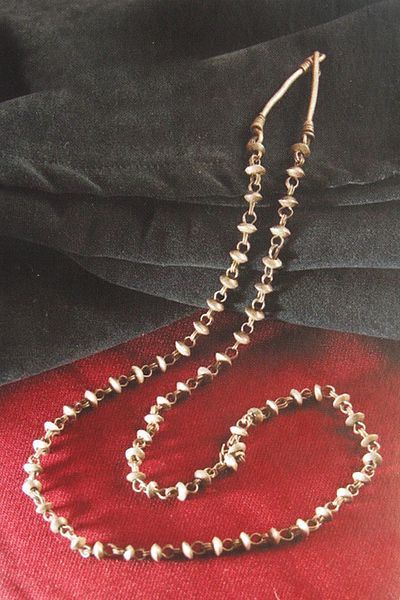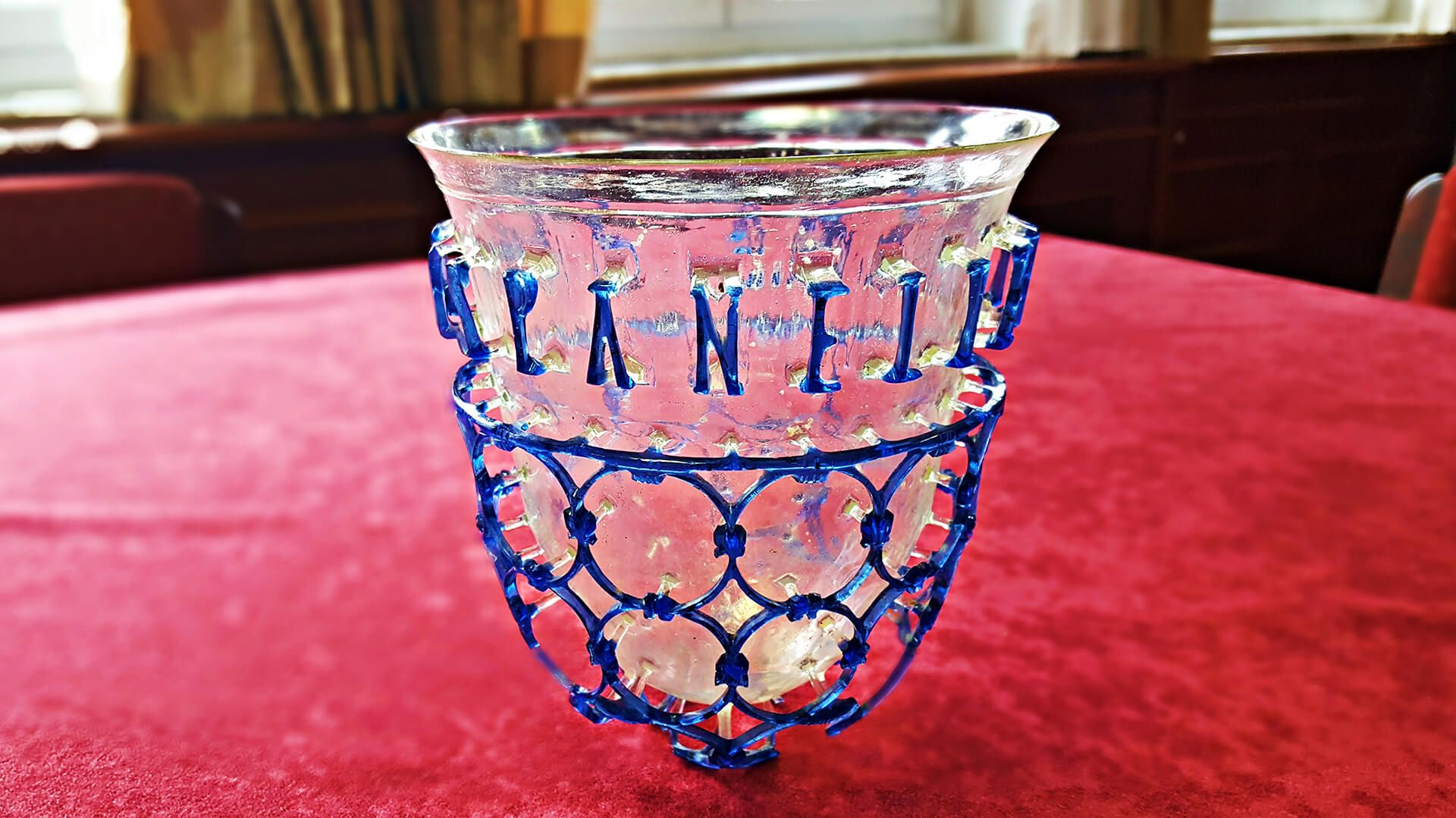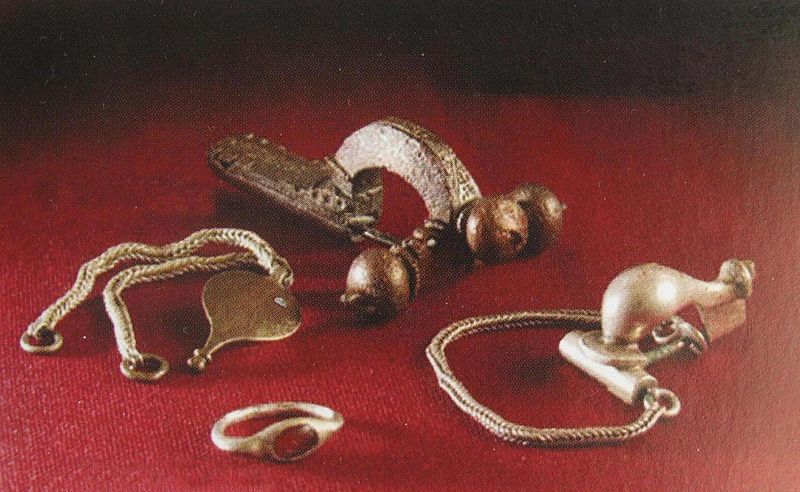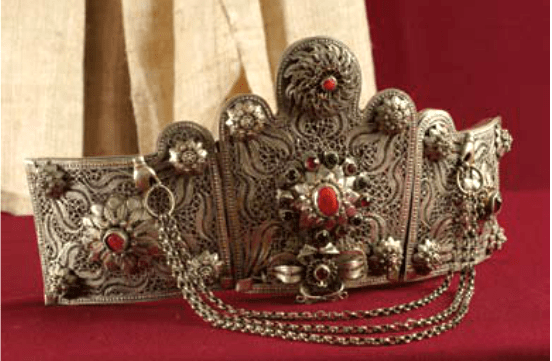10 February 2019 - In the last article "Meet the Montenegrin Museums", we presented the National Museum of Montenegro and its material and spiritual history. The National Museum of Montenegro is a complex cultural institution which consists of different museums and many buildings, churches, and houses that comprise each museum, all of which are housed in buildings of utmost historical and cultural importance. This institution was officially founded in 1896, the year of enacting the Law on Royal Montenegrin Library and Museum. On this occasion, we are presenting you with the Heritage Museum Pljevlja, located in the Northern Montenegro, in the city of Pljevlja. Even though this city is located in Northern Montenegro, its approximate altitude is 770 m (2,530 ft).
In the Middle Ages, Pljevlja had been a crossroad of the important commercial roads and cultural streams, with important roads connecting the littoral with the Balkan interior. In 2011, the municipality of Pljevlja had a population of 30,786, while the city itself had a population of about 19,489. The municipality borders municipalities of Žabljak, Bijelo Polje and Mojkovac in Montenegro, as well as the republics of Serbia and Bosnia and Herzegovina. With a total area of 1,346 km2 (520 sq mi), it is the third largest municipality in Montenegro.

Culture and education are all present throughout the history of Pljevlja and its region. The Holy Trinity Monastery is the richest treasury of cultural and spiritual life of the Orthodox Serbs from the Middle Ages to the present times. The school in the Holy Trinity Monastery has been working continuously since the 16th century. In 1823, a primary school in Pljevlja started working. The school in Dovolja monastery worked since the 18th century. The significant date in the history of education in Pljevlja is the opening of the Pljevaljska Gymnasium in 1901., while The Heritage Museum Pljevlja is a treasure trove of the rich historical and cultural heritage of the city and region.
The Heritage Museum Pljevlja collection begins with works of prehistoric art from the 1st to the 4th centuries BC. This museum stands for one of the largest museums in Montenegro, and it was founded in 1952. Its holdings amount to over 5,000 items, of which only a small number are on permanent display, including the Pljevlja diatreta or cage cup.

The Pljevlja diatreta is a well-preserved cage cup from the 4th century AD and it is made of transparent colourless glass with a cobalt blue web. The inscription, also in cobalt blue, reads "VIVAS PANELLENI BONA" (eng. "For good life of Panelleni"). It is said that the inscription is missing the letter M, so the full sentence should be "VIVAS PANELLENI BONAM". The cup is also a very rare example of a complete Roman cage cup , or diatretum and its roots lead back to a famous workshop in Cologne. The cup is not on display but can be looked at a scheduled appointment with the museum administration.
The Museum also holds, collects, processes and presents museum items from the area of Pljevlja. The holdings have been classified into several collections: archaeological, ethnographic, historical, numismatic and artistic.

Valuable items from the archaeological collection illustrate the significance of archaeological sites in the area. The items found at the site of Medena stijena (rocks in the Ćehotina River Canyon) are of particular importance. The items found in this site belong to the cultures of early Palaeolithic, Mesolithic, Copper and Bronze Age. The stone tools from the oldest layers of Medena stijena show certain similarities with the excavations at Franchti Cave in Argolid Gulf in Greece. The items from Medena stijena and several more natural shelters in the Canyon of Ćehotina River prove that this area of Montenegro was intensively inhabited during late Pleistocene. There are also remnants of an ancient town known among scientists as the "Municipium S".
Based on the displayed epigraphic monuments, it may be presumed that this town existed in 150 BC. The monuments from this site are particularly interesting and significant for comprehending the development of the Roman art, here intermingled with the local, Illyrian-Celtic tradition.

If you are interested in learning about Montenegrin history or want to find out more about city of Pljevlja, be sure to check out Facebook Page of Heritage Museum Pljevlja.








